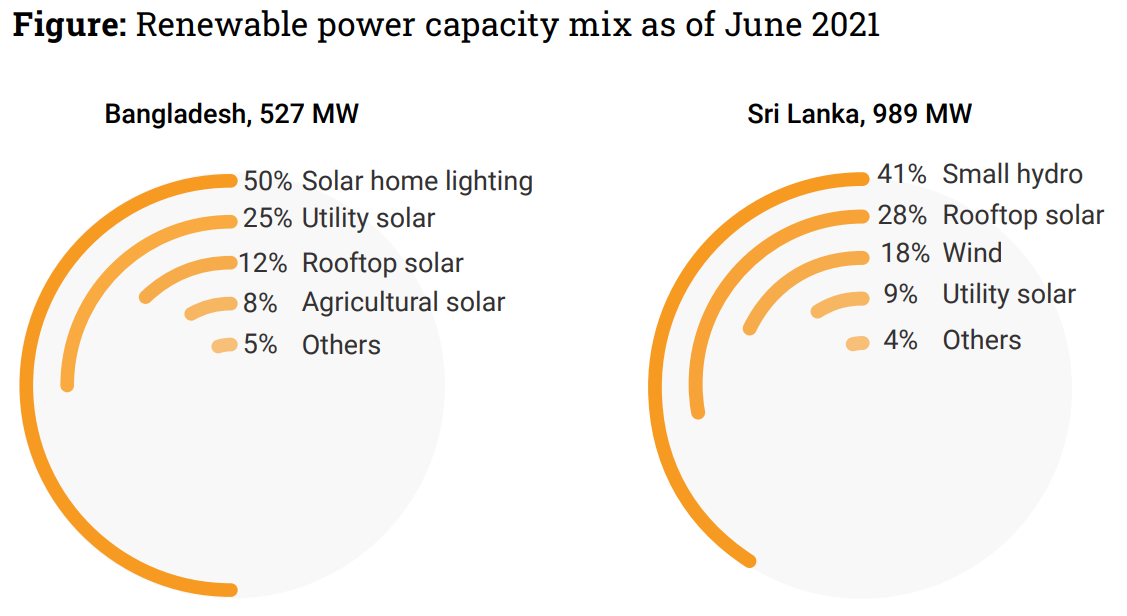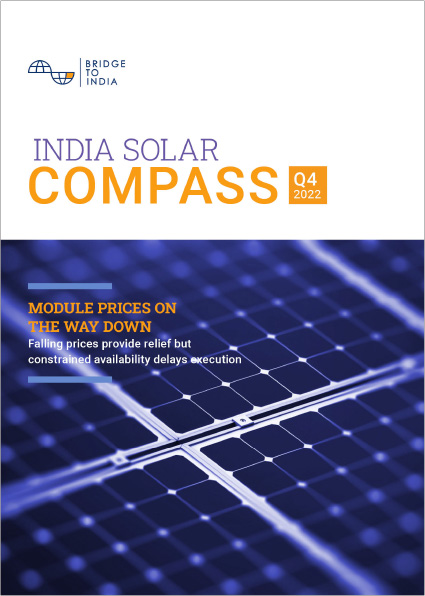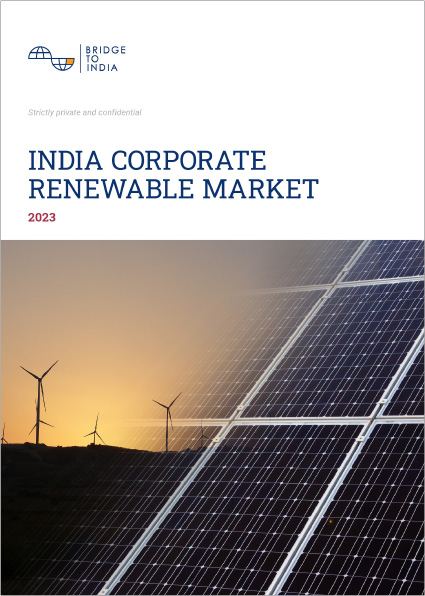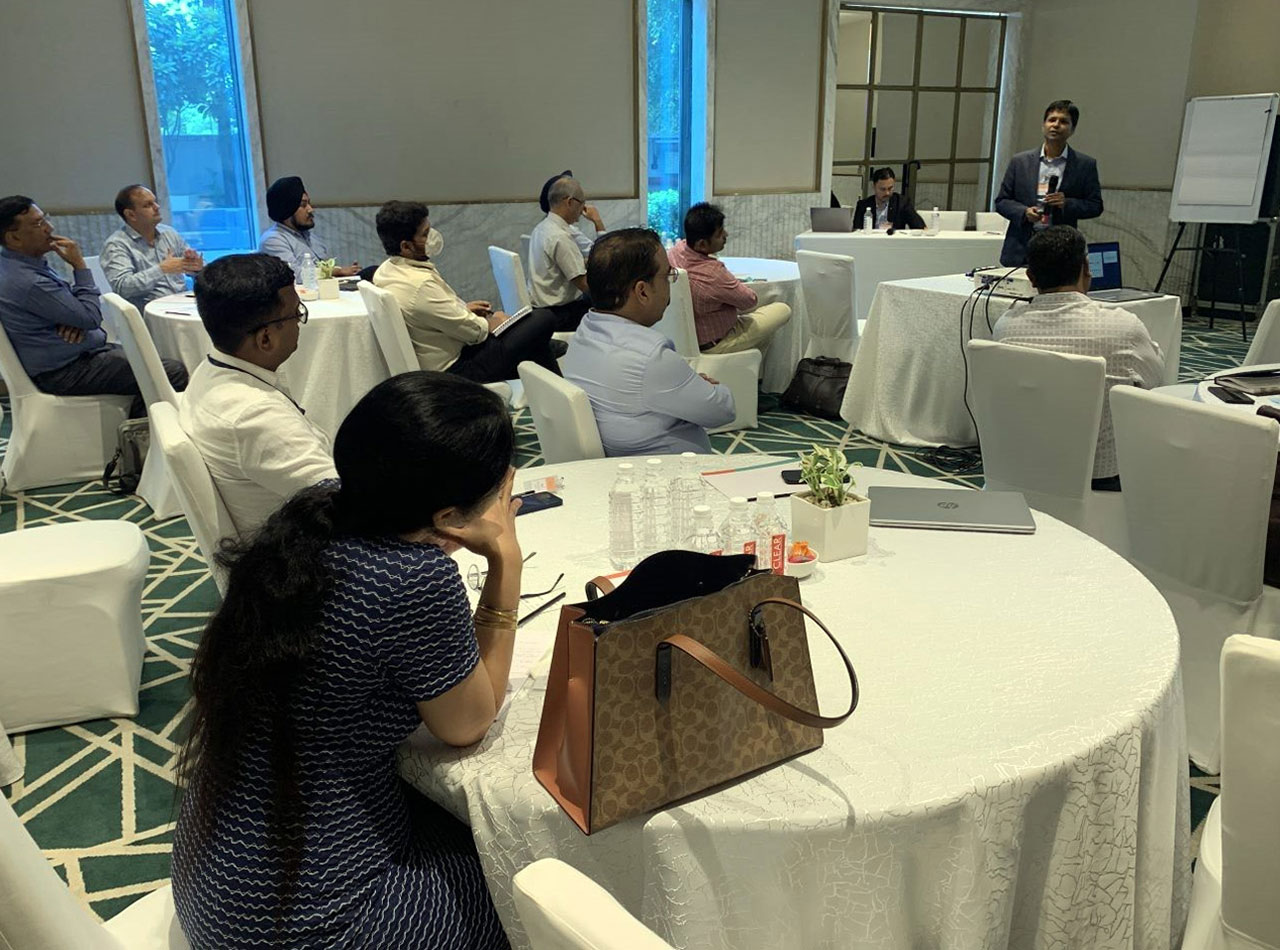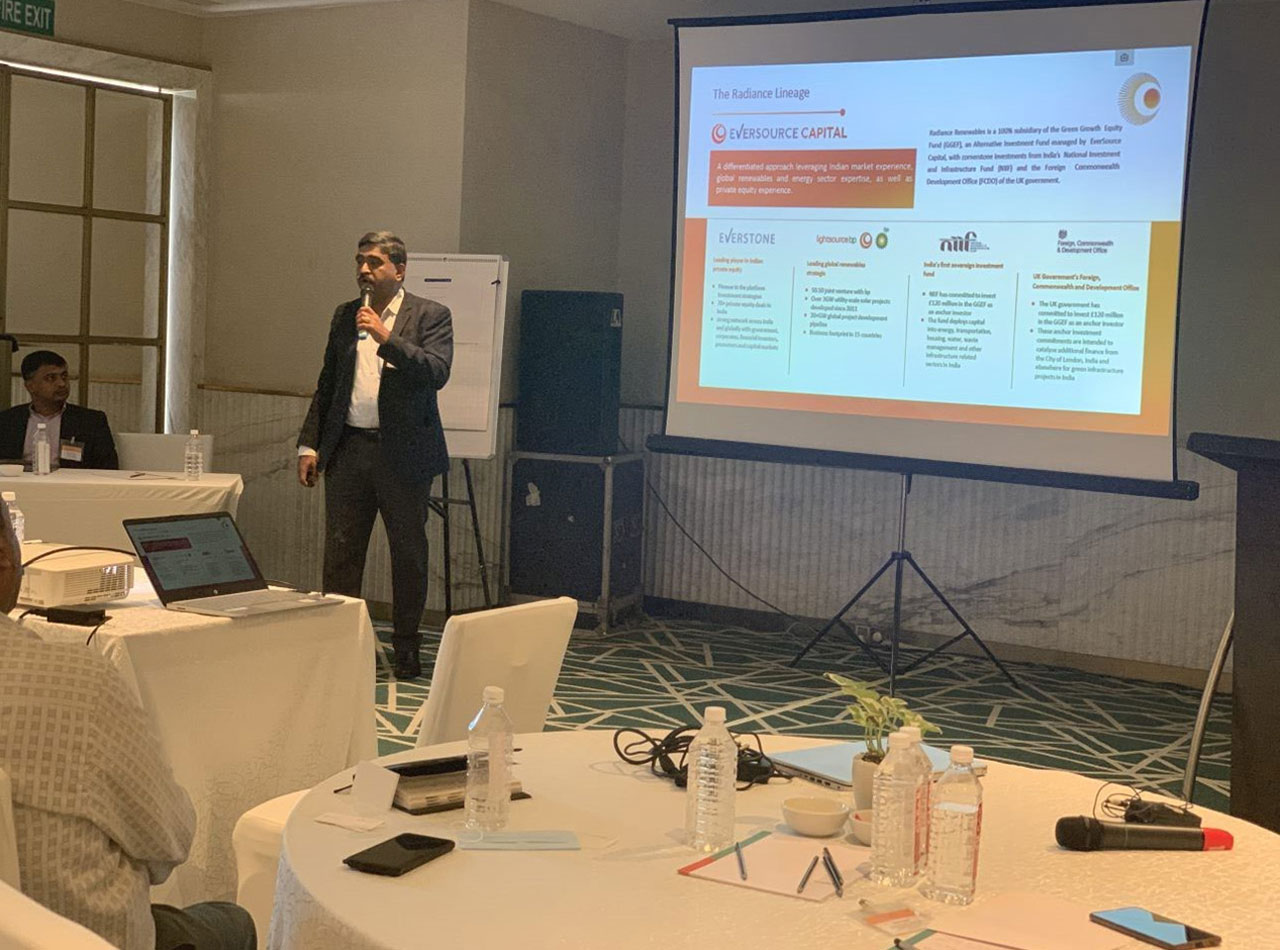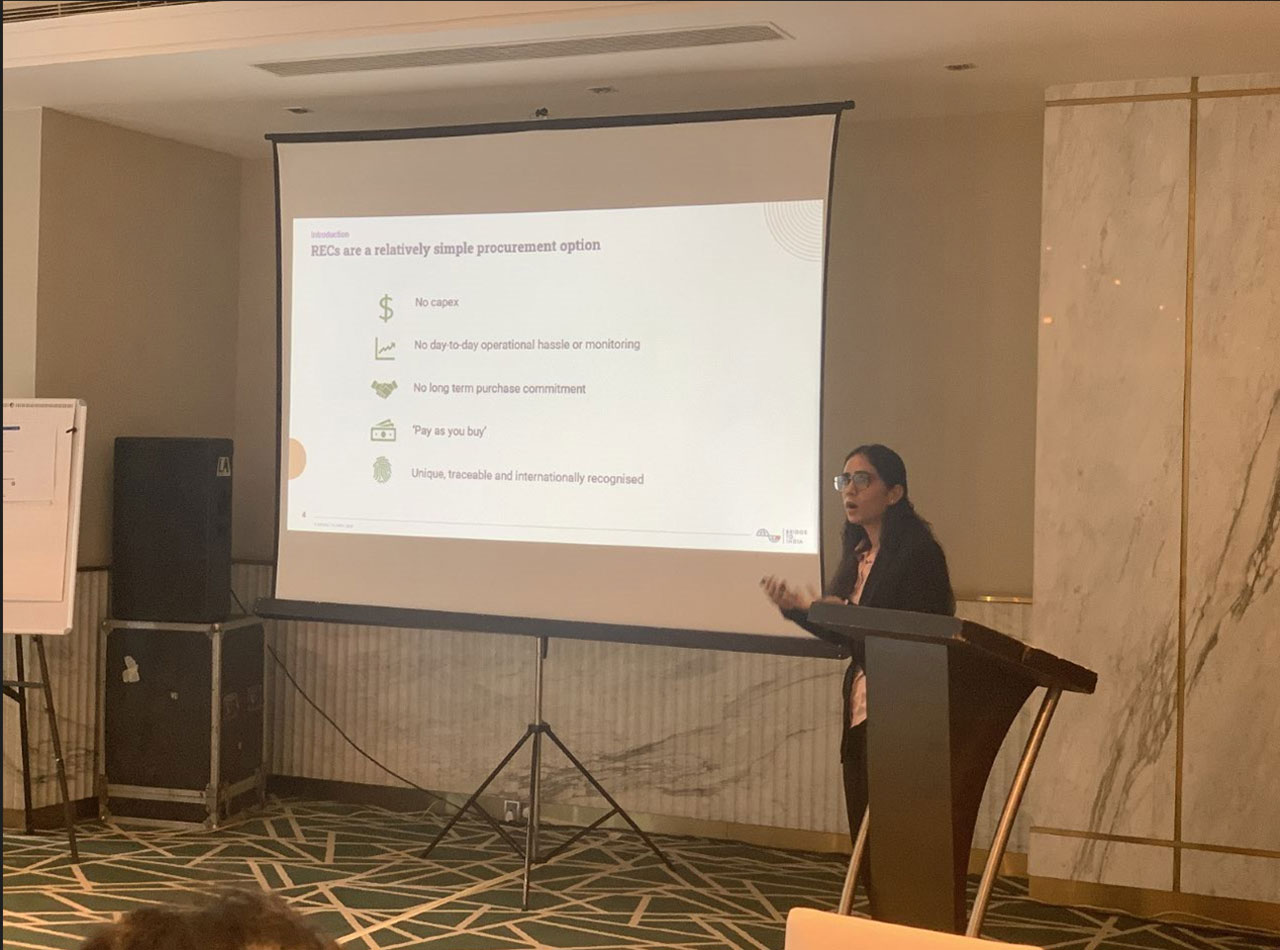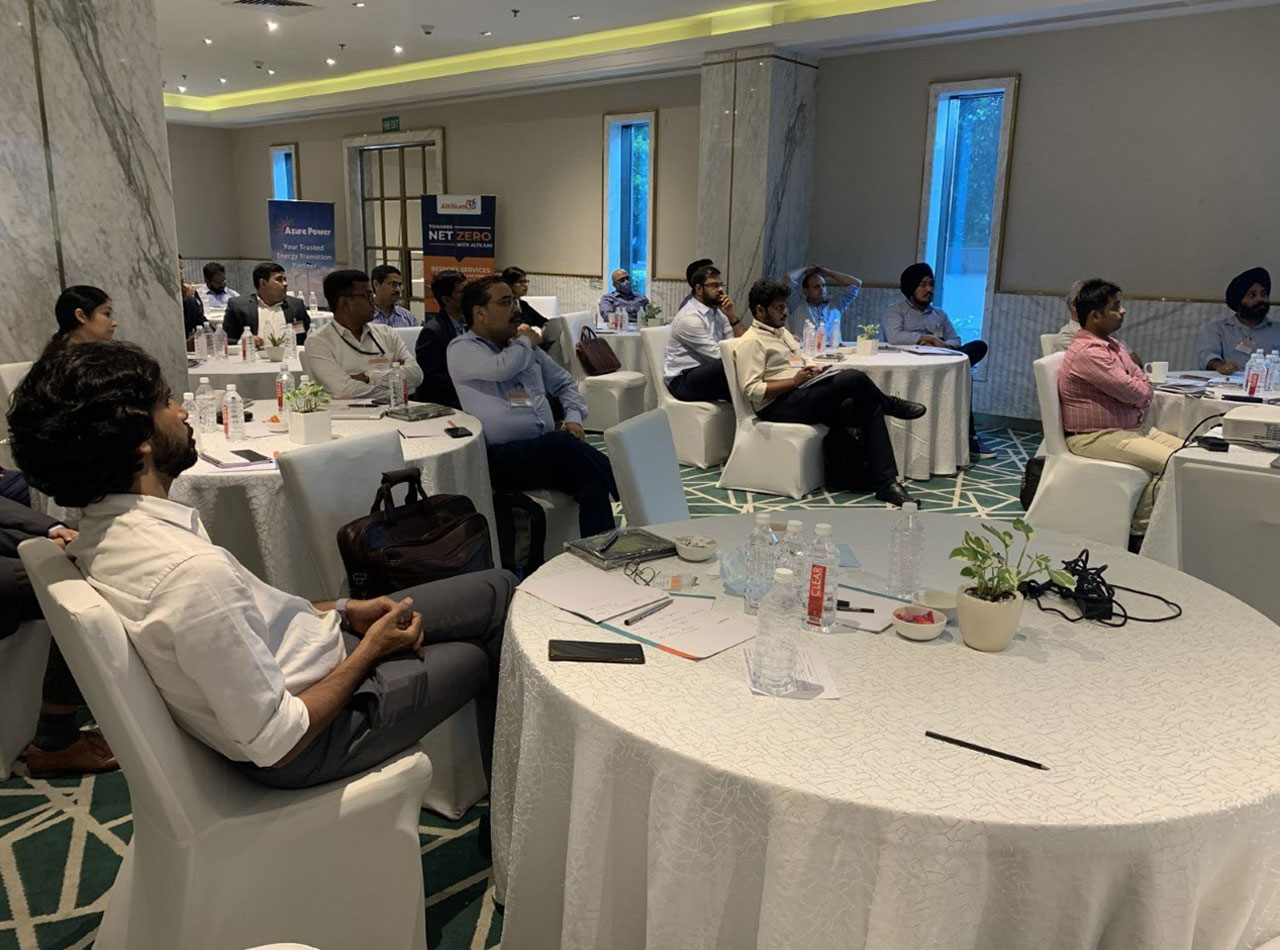Bangladesh and Sri Lanka together plan to add 8 GW renewable power capacity by 2030. Nepal aims to increase share of renewable power in its energy mix from 5% to 15% in the same period. These countries offer substantial opportunities in wind, utility scale and rooftop solar power markets. A number of Indian companies are active in these countries across value chain – project development, EPC and equipment supply.
All three countries have project pipelines of up to 1 GW each.
This report covers policy and regulatory framework, growth drivers and challenges, status of renewable power development and potential opportunities for Indian companies in the three countries.
